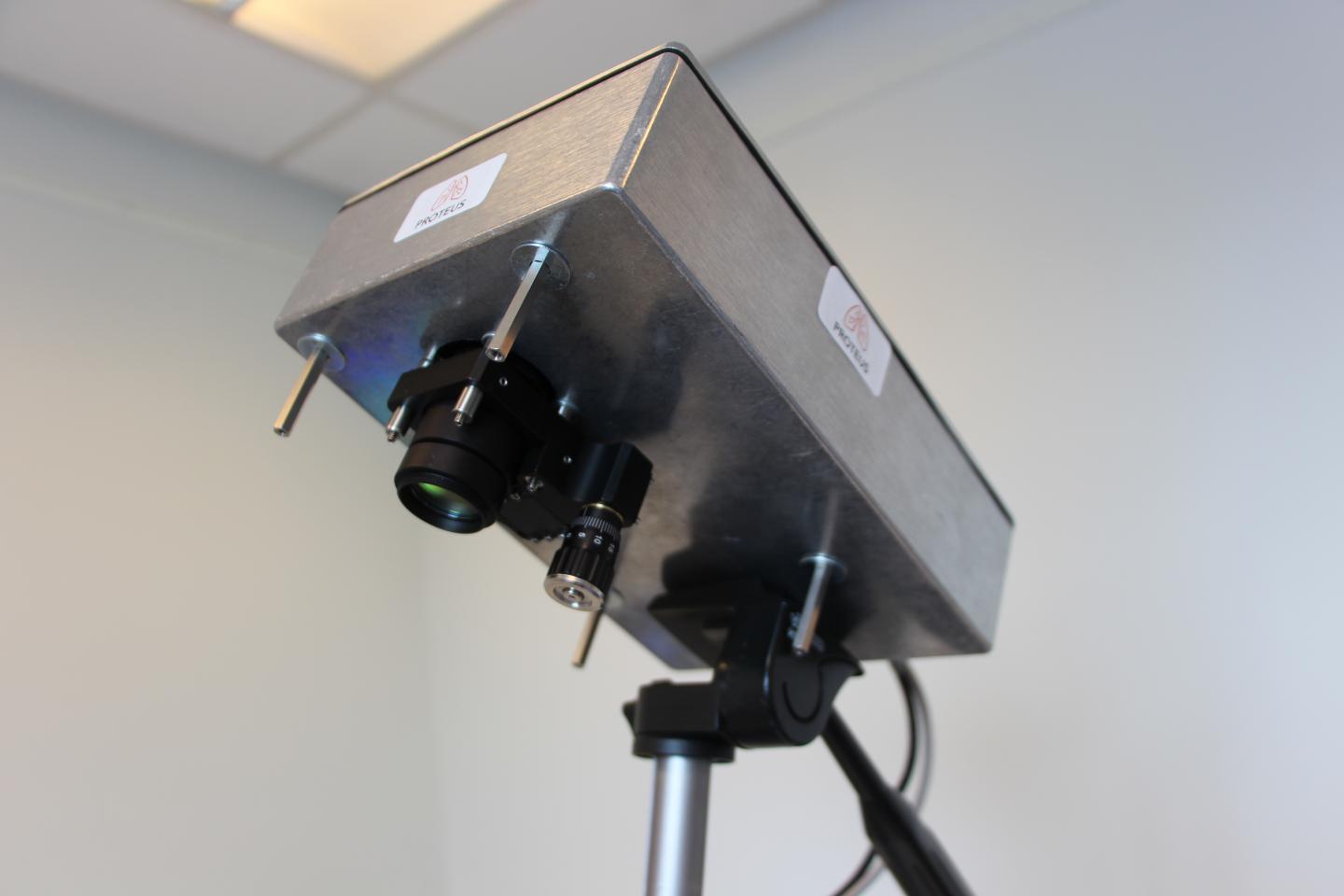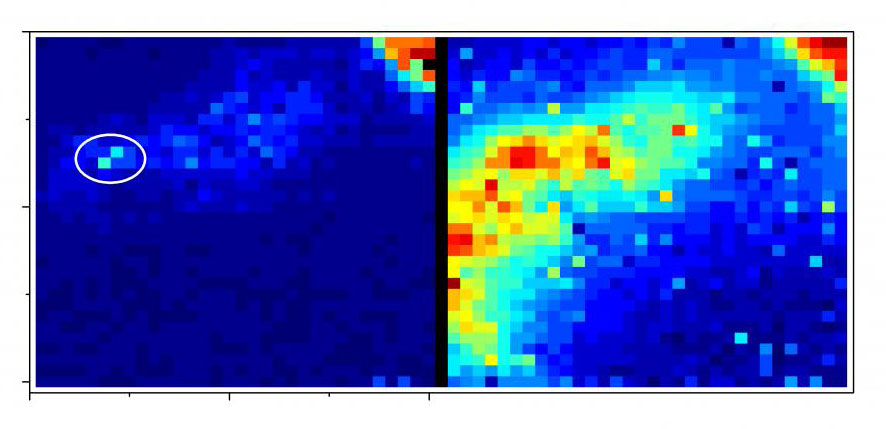
Ballistic Photon Imaging Locates Fiber Optic Instruments In Vivo
A camera that detects light sources inside the human body could be used at a patient’s bedside to track and guide the location of an endoscope, or other fiber optic instrument, in the body without the need for x-rays or other equipment.
Light from an endoscope typically bounces off tissues and organs rather than traveling straight through, making it difficult to identify the instrument’s precise location. The high absorption and scattering of light in the visible spectrum has traditionally made it difficult for light-based devices to provide information about tissue layers beyond a depth of a few millimeters under the skin.

Scientists from the University of Edinburgh and Heriot-Watt University have developed a camera that can see through the human body. The camera is designed to help doctors track medical tools that are used to investigate a range of internal conditions. It works by detecting tiny traces of light from the illuminated tip of the endoscope's long flexible tube. Courtesy of University of Edinburgh.
This camera can detect scattered as well as direct light, enabling it to optically determine the in vivo location of fiber optic medical instruments, such as an endoscope, without being limited by tissue scattering.
To observe the location of the endoscope, the device uses a time-resolved single-photon detector array to image "ballistic" and "snake" photons — the small fraction of photons that escape the tissue with low scattering and travel directly from source to detector.
Researchers from the University of Edinburgh exploited these so-called "ballistic" and slightly scattered "snake" photons to locate a 785-nm light source deep within biological tissues, with centimeter imaging resolution, using time-sensitive single-photon avalanche detector (SPAD) arrays.
The team found that ballistic photon imaging gave a clear fiber tip location to within a centimeter. Realistic models of a chest and lung as well as a ventilated lung through a bronchoscope were investigated in an environment similar to that of a clinical setting. Early tests have demonstrated that the prototype device can track the location of a point light source through 20 centimeters of tissue under normal light conditions.

Here, the camera is detecting light emitted from an optical endomicroscope while in use in sheep lungs. Image on left shows light emitted from the tip of the endomicroscope, revealing its precise location in the lungs. Right image shows the picture that would be obtained using a conventional camera, with light scattered through the structures of the lung. Courtesy of Proteus.
The device is compact and can be used in rooms with fluorescent light illumination. Researchers believe that his technology has potential to impact medical procedures.
Professor Kev Dhaliwal said, “This is an enabling technology that allows us to see through the human body. It has immense potential for diverse applications such as the one described in this work. The ability to see a device’s location is crucial for many applications in health care, as we move forward with minimally invasive approaches to treating disease.”
Researcher Michael Tanner of Heriot-Watt University, said, “My favorite element of this work was the ability to work with clinicians to understand a practical health care challenge, then tailor advanced technologies and principles that would not normally make it out of a physics lab to solve real problems. I hope we can continue this interdisciplinary approach to make a real difference in health care technology.”
This project is part of the Proteus Interdisciplinary Research Collaboration, which is developing a range of technologies for diagnosing and treating lung diseases.
The research was published in Biomedical Optics Express, a publication of OSA, the Optical Society (doi: 10.1364/BOE.8.004077).
Published: September 2017